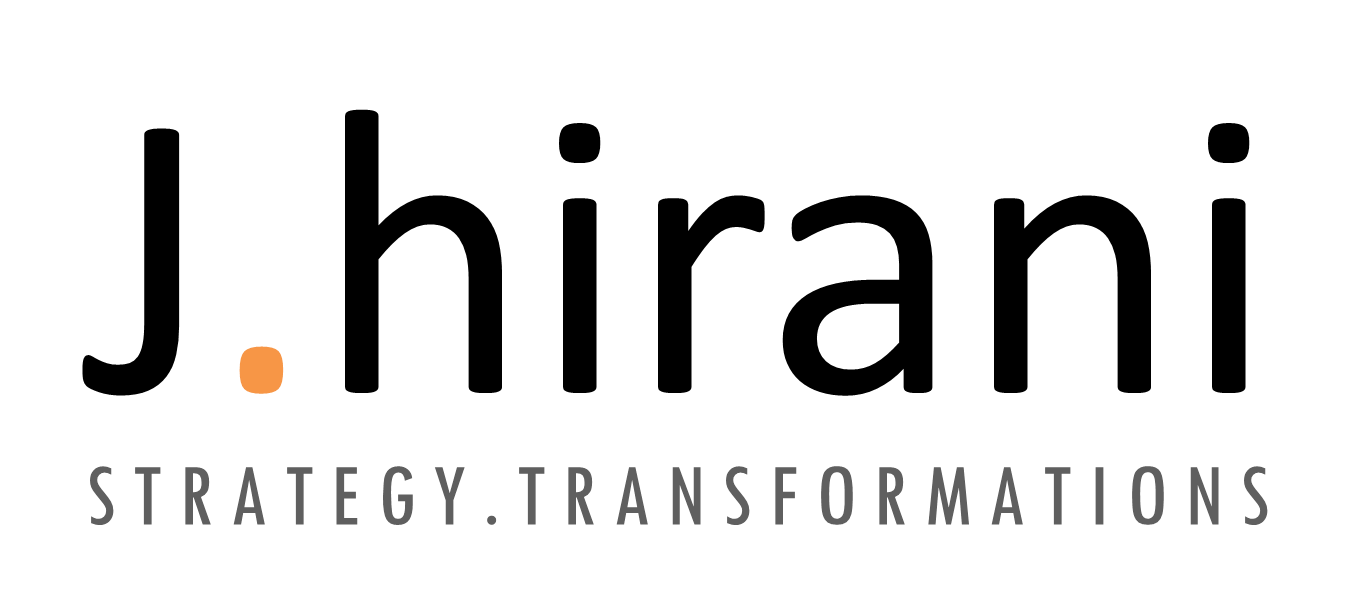It is no secret that the nationwide lockdown has affected the Indian economy in unprecedented ways. The world continues to wage its fight against COVID-19. As countries sweep their streets with various forms of restriction and lockdown, the stall on the growth of the global economy seems clearer than ever. The global pandemic has hit the economy, which was targeted to make the Indian economy $ 5 trillion, with 7% of GDP growth by 2024.
 This crisis is putting pressure on governments around the world to rapidly roll-out monetary and fiscal policies to support the credit market and sustain the economy. In one of the largest packages by countries, the Indian government has announced a stimulus package of Rs. 20 lakh crores, which is about 10% percent of the total national GDP. The policies announced by Government, ‘Make in India’ and ‘Digital India’ are also taking the opportunity to take a philosophical stance to promote self-reliance and work hard. Given the interrelated and highly complex nature of global supply-chains, the crisis that began at source in China, the world’s manufacturing hub, had consequences across the network – disrupting both upstream and downstream production processes and compromising worldwide.
This crisis is putting pressure on governments around the world to rapidly roll-out monetary and fiscal policies to support the credit market and sustain the economy. In one of the largest packages by countries, the Indian government has announced a stimulus package of Rs. 20 lakh crores, which is about 10% percent of the total national GDP. The policies announced by Government, ‘Make in India’ and ‘Digital India’ are also taking the opportunity to take a philosophical stance to promote self-reliance and work hard. Given the interrelated and highly complex nature of global supply-chains, the crisis that began at source in China, the world’s manufacturing hub, had consequences across the network – disrupting both upstream and downstream production processes and compromising worldwide.
The shape of recovery for India (U, V, or W)?
India’s economic recovery is likely to be shaped by ‘U’ or ‘W’ instead of ‘V’ as the spread of virus is already in its intermediate stage by passing the initial phrase, hence that leaves with the option of ‘U’ shape or ‘W’ shape leaving behind the scenario of ‘V’ shaped recovery. The impact of COVID-19 will deepen on a nation that was already struggling for growth before the pandemic. Prior to the spread of COVID-19, the GDP growth slowed to 4.5 percent as the Indian economy did not participate in the global revival of 2018 and 2019.
The three most expected models of recovery in different can be listed as below:

The shape of economic recovery and the extent is going to be different depending upon the speed that our economic recovery takes. India will need to invest in tangible capital but there will be shortage of labor. The demand for products will be low too. The bulk of the production economy will suffer due to the twin problems of low demand and higher labor costs. The salaried middle class enjoyed a paid holiday during the lockdown, but even their jobs may no longer be safe. The consumer goods sector, the hospitality industry, and transport industries and even the IT sector will have to deplete the costs and scale. Labour will be the first victim. Since India has not invested in the intangibles as many developed economies have, Indian industries moving to more labor substituting processes based on robotics and artificial intelligence will take time and warrant major investments. It would be a complicated path and the transitional economic pain would be severe.
The analysis predicts: U- Shaped recovery
From a thorough analysis of the ongoing situation and predicting the future possible scenarios, one thing now looks quite clear that we will not recapture pre COVID-19 levels of activity until the end of the year 2021. This predicted speed of everything returning to pre-COVID-19 level clarify that the shape of recovery for the Indian economy is going to look like a U rather than a V shape which could have been the case if the outbreak of the virus was contained and the lockdown and social distancing measures would not have been stretched as they are being in present. The reason is that the nation once again can’t afford to go into nationwide lockdown or there is going to be a major reason for the W-shaped recovery.
Some of the factors which back the prediction of a U-shaped recovery could be listed as below:
Difficulties in lifting lockdowns: Specifically, the trade-off governments face between putting economies back to work and the health risks of exposing people to Covid-19. Many scientists warn of the danger of the second wave of infection.
Cautious consumers: Experiencing the virus will make people more alert in general. In some areas, spending habits will not return for some time, such as in travel, hospitality, and other leisure areas.
Business investment to suffer: At the corporate level, uncertainty on the outlook will weigh on investment, and after a sharp increase in debt, we would expect a period of debt relief from firms as we pass through 2021. This will be a weight on real activity and income. Firms prefer reduction in over speeding debt over new equipment and technology or dividends.
Shrinkage in government assistance: Less support for business means household uncertainty on future employment, adding consumer retention to spending.
Below-mentioned is the analysis of three different scenarios of future and the respective shape of economic recovery in each case:


With less of a blow to sentiment, consumers in rural India may be quicker to recover than those from urban India. Virus hotspots are currently clustered in metros, with little impact on Hinterland. Agricultural income is somewhat untouched by demand pressures, especially after a good monsoon and rabi crop. Most of the direct incentive measures of the Centre also target rural India rather than urban India. While the rural sentiment may make a quick comeback, incomes are unlikely to. The drying up of repatriated income from cities and spending more people competing for low-paying agricultural jobs will curb spending. On the contrary, side, if rural India gets affected by this pandemic then it would hurt the economy because our country is highly dependent upon the primary sector which majorly comes from rural India.
Overall, the size of India’s consumption revival will depend not only on how quickly consumers achieve their mojo but also on how consumers adapt to the behavioural changes.
Key steps that lead India to the path of Sustainable Recovery
Government Initiatives:
– To revive the economy, India is focused on providing incentives to attract foreign investment to emerge as an alternative destination to China. So far, land and labour reforms have been reported.
– However, no policy-based labor reforms have been introduced by the central government – some states have merely eliminated certain provisions of existing labor laws.
– The government is said to be working on ease of doing business reforms specifically to make registration of property easier, faster disposal of commercial disputes, and a simpler tax regime.
– Supporting the cause: This year, the government has proposals to hike import duties on more than 300 products, such as an increase of 30 percent in furniture import from the current 25 percent price. This can provide an opportunity for local production to break out within the market, especially OMEs, SMEs and even diverse handicrafts of India.
Business Initiatives Suggestions:
Identify and prioritize revenue opportunities: Commercial leaders will need to plan for recovery based on a clear understanding of their starting point and insight into demand patterns during and beyond recovery. It is important to know ‘what to do, and ‘when to do’. This may include launching targeted campaigns to win loyal customers; Customer experience focused on developing health and safety; Adjusting pricing and promotion based on new data; Reclaim sales force to support remote selling; Create flexible payment terms; Digitalize the sales channel; Automating processes to free sales representatives to make more sales. Once identified, these measures need to rigorously assess their impact on the company’s ability to accelerate execution.
Speedy rise in capital- and operating-expenditure transparency: To survive and thrive in the midst of economic decline, companies can build their next-normal operations around a revised approach to spending. A full suite of technology-enabled workplaces is accelerating cost transparency, narrowing efforts over months to days. These digital approaches include purchase-expense analysis and clean-sheeting, end-to-end inventory rebalancing, and capital-expenditure diagnostics and portfolio rationalization. Companies that recognize this, and who are ready to set new standards and raise old paradigms, will build long-term strategic gains.
Enfolding the fortune of work: COVID-19 has accelerated the pace. Employees of all tasks, for example, have learned to complete tasks remotely using digital communication and collaboration tools. In operation, changes will proceed, rapid deterioration of manual and repetitive tasks and increased need for analytical and technical support. This change will call for substantial investment in workforce engagement and training in new skills.
Refine digital efforts to reflect the changing expectations of the customer: To optimize, companies need to quickly revive the customer journey and accelerate the development of digital solutions. The emphasis will be different for each sector. For many retailers, this involves creating a seamless e-commerce experience, enabling customers to complete everything from initial research and purchase to service and returns. For auto companies, this could mean establishing new digital distribution models to handle trade-ins, financing, servicing and home delivery of cars. For industries such as airlines, ensuring health and safety will be necessary. Therefore, companies need to maintain their autonomy.
Author:
 Jeel Jain, is a B.Com. graduate currently pursing PGDM degree from Som-Lalit Institute of Management Studies. She is a quick learner along with the passion of evolving new things. As an intern at Jagdish Hirani & Associates her contribution in the field of research has helped her in exploring different fields and enhancing her knowledge.
Jeel Jain, is a B.Com. graduate currently pursing PGDM degree from Som-Lalit Institute of Management Studies. She is a quick learner along with the passion of evolving new things. As an intern at Jagdish Hirani & Associates her contribution in the field of research has helped her in exploring different fields and enhancing her knowledge.
 Parth Hirani, is leading strategic advisory practice at J.Hirani & has helped various organizations align strategies across continents. A social & collaborative sapien by nature. He enjoys being a full time “dreamer” & loves challenging “possibilities”.
Parth Hirani, is leading strategic advisory practice at J.Hirani & has helped various organizations align strategies across continents. A social & collaborative sapien by nature. He enjoys being a full time “dreamer” & loves challenging “possibilities”.
Success mantra- “We believe it’s possible; while maintaining flexibility on “How” we are “Rigid” on our “Goals”
About J.hirani: J.hirani is a Strategic Transformation team which works as a growth partner for different organisations in various industries by providing services like Agile transformation, Scenario mapping, Strategic alignment, Balance scorecard, Digital transformation, Incubating new ventures, Operation excellence and Aligning human capital.
©J.hirani, Recovery of Indian Economy post COVID-19, August 2020. All rights reserved.



